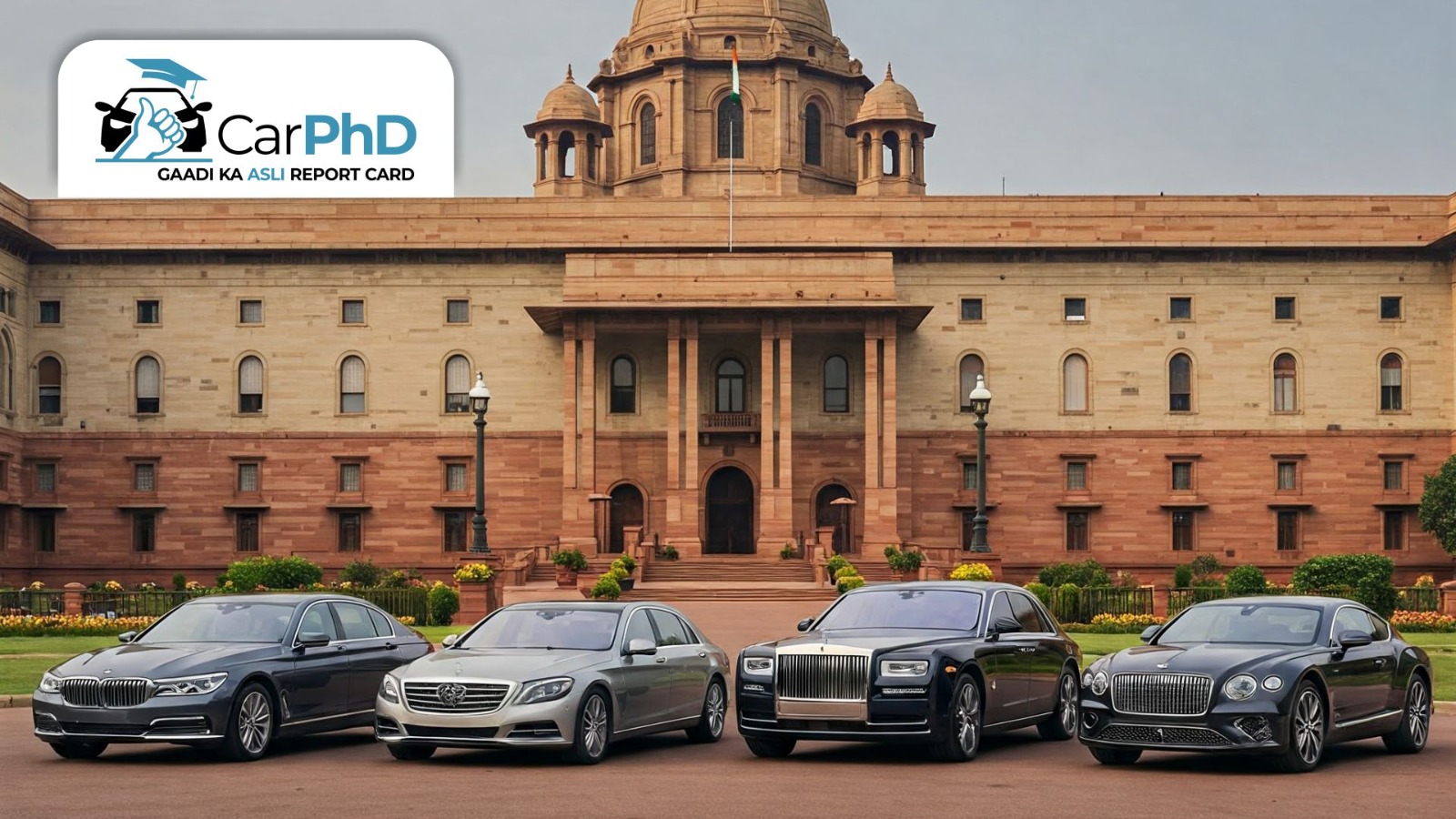
Car


In India, buying a luxury car is not just a lifestyle upgrade — it’s a significant financial leap. A model like the Mercedes-Benz GLE or BMW X5 that costs far less in countries like the U.S. or Germany can cost nearly twice as much in India. But why does this price disparity exist? Let’s break it down.
⸻
1. Sky-High Import Duties & Taxes
India imposes one of the highest import duties on automobiles in the world. Imported cars attract:
• Basic Customs Duty (BCD) of up to 100%
• GST ranging from 28% to 50% depending on engine size and body type
• Cess on top of GST (up to 22% for high-end SUVs)
• Registration and Road Taxes, which vary by state and can add another 10–20%
Total taxes can push the cost of a luxury import up by 100–130% before it even reaches the showroom.
⸻
2. CBU vs CKD Imports
Luxury brands often import cars into India in two forms:
• CBU (Completely Built Units): Attract highest duties
• CKD (Completely Knocked Down): Lower duties if assembled in India, but still taxed heavily
While some brands like Mercedes-Benz, Audi, and BMW have local assembly units (CKD), many of their flagship models still arrive as CBUs — meaning they face the full brunt of taxes.
Get the best deals on cars. Click here!
⸻
3. High Cost of Compliance
Luxury vehicles must be adapted to meet India’s unique regulations:
• BS6 emission norms
• Crash and pedestrian safety requirements
• Fuel quality adjustments
These modifications mean additional R&D and localization costs, especially for low-volume, high-end models.
⸻
4. Low Volumes, High Margins
India’s luxury car market is relatively small — only about 1–2% of total car sales. Because of low volumes:
• Brands operate fewer dealerships
• Maintenance and part logistics are costlier
• The cost per unit sold is higher
This leads to premium pricing strategies to maintain profitability.
⸻
5. Brand Positioning and Perceived Value
In emerging markets like India, luxury brands often position themselves aspirationally, not affordably. They maintain exclusivity through:
• Limited editions
• High-end customizations
• Premium branding and marketing
Many buyers here are willing to pay a premium for status, not just specifications — making India one of the few markets where brands can charge significantly more and still sell out.
⸻
6. Infrastructure Challenges
Driving a luxury car in India is not always as smooth as in developed countries:
• Poor road conditions
• Limited service networks
• Lack of secure parking
As a result, owners often pay extra for specialized insurance, maintenance packages, and chauffeur services, which adds to the total cost of ownership.
⸻
Conclusion: More Than Just the Car
Luxury cars in India aren’t just expensive because they’re luxurious — they’re expensive because the system surrounding them is, too. From taxation and regulation to logistics and brand strategy, multiple factors inflate their final cost to the consumer.
Check out the Best Deals from Authorised Workshops
As India pushes for Make in India and more local assembly, and as trade policies evolve, we may see some easing. Until then, a luxury car in India remains a double-luxury — in both form and cost.